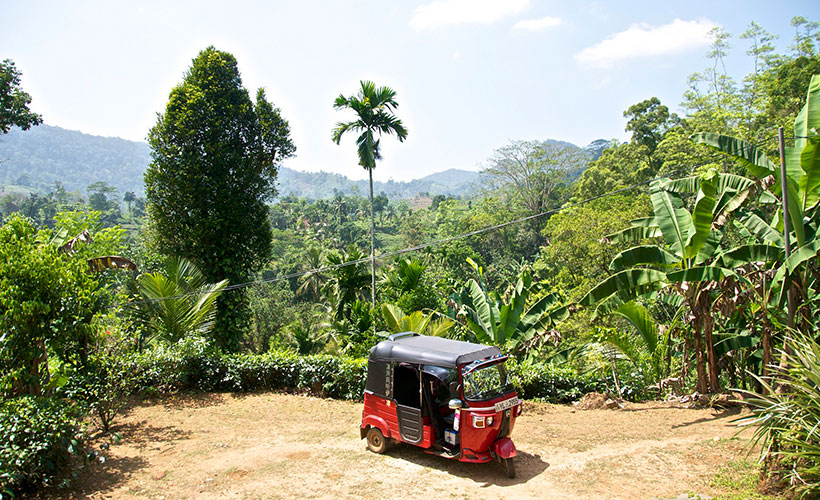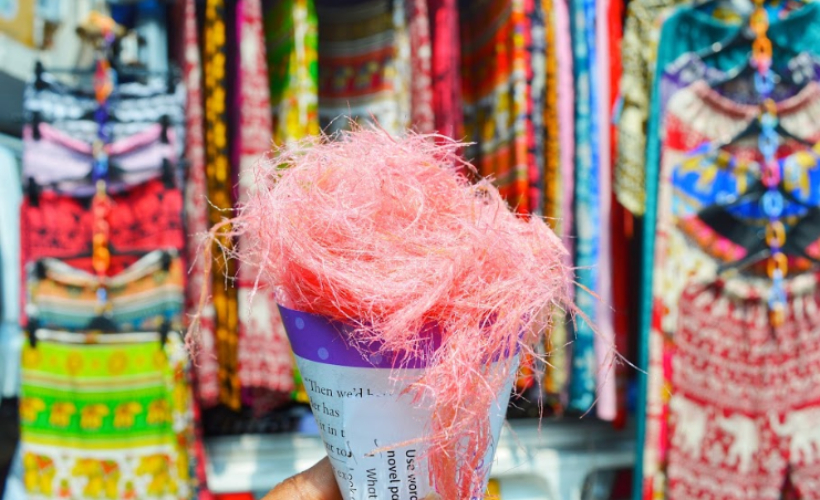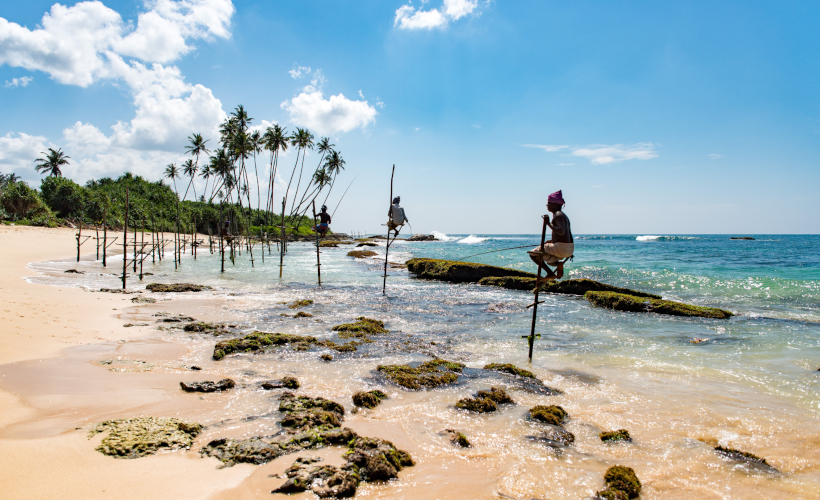
Kandy, Anuradhapura, and Polonnaruwa – these three historic capitals in central Sri Lanka are what form the island’s Cultural Triangle. Within it, you’ll find a large area that covers several World Heritage sites that feature myriad Buddhist temples, stupas, ancient monasteries, and monuments.
A visit here offers travellers a unique insight into ancient Buddhist culture along with the opportunity to see unique and awe-inspiring landmarks. Featured on this list are some of the Cultural Triangles main attractions. There are many more scattered along the way, eager to be explored and discovered, if only you’ll wander off the beaten track.
Anuradhapura
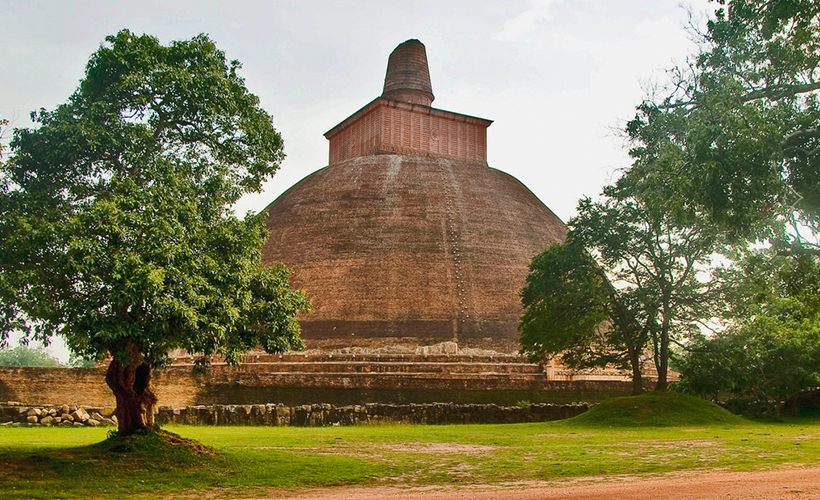
Founded in 380 BC, Anuradhapura is one of the oldest inhabited cities in the world, and the Buddhist capital of Sri Lanka. The city is a UNESCO World Heritage Site with many religious monuments, including these three great monasteries – Anuradhapura Maha Viharaya, Jetavana Monastery, and Abhayagiri Vihara. You’ll also find the Sacred Bo Tree (Jaya Sri Maha Bodhi), a fig tree, located at the centre of Anuradhapura. This is said to be the tree where Buddha reached enlightenment and is the oldest documented living tree in the world.
Polonnaruwa
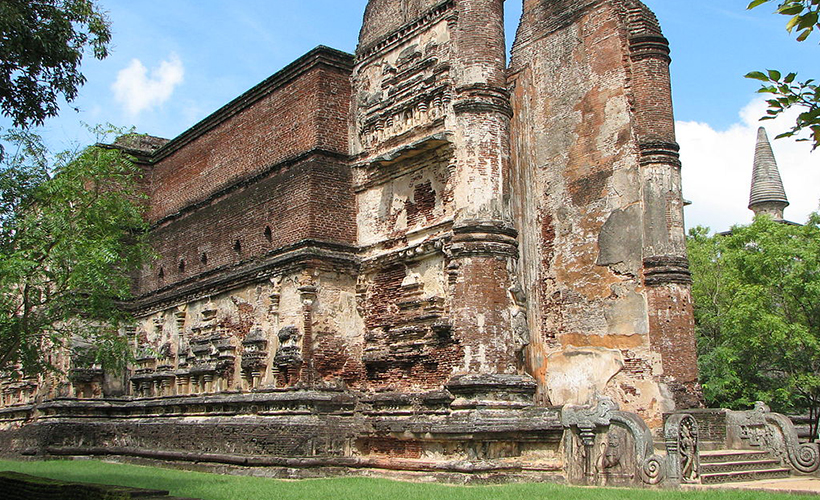
The northern town of Polonnaruwa represents medieval Sri Lanka. It was the capital of the island between the 11th and 13th centuries, after the Chola dynasty was defeated in 1070. The central citadel that includes a royal palace complex, royal baths, and a council chamber is surrounded by the city walls and covered in lush plants.
The vastness of the ruins in this area impart a feeling of awe in visitors. Among these ruins are the 17-metre-tall walls of Lankatilaka Viharaya with its 18-metre-tall statue of Buddha. A visit here also means seeing the amazing Sinhalese rock carvings of Gal Vihara that feature four Buddhas, two of which are in a seated position while the other two are standing and reclining.
Looking for a beach vacay?
Top 7 Beaches In Sri Lanka For A Cheap Yet Exciting Holiday
Mihintale
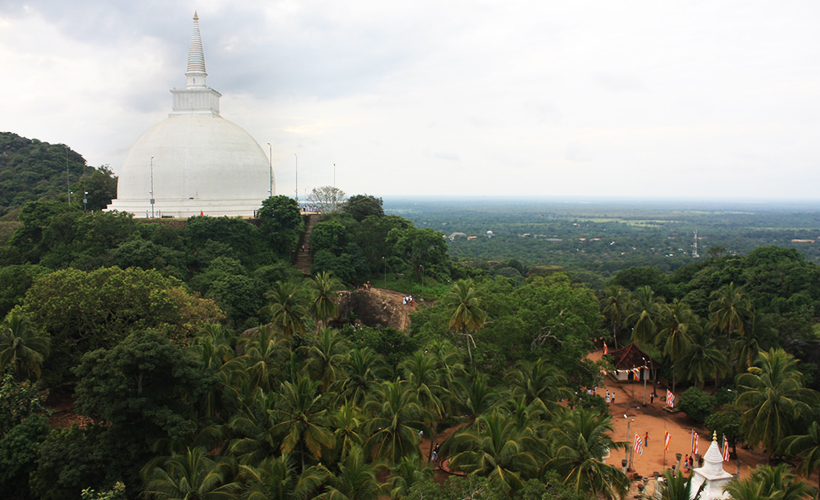
Dubbed Sri Lanka’s cradle of Buddhism, Mihintale is a mountain peak near Anuradhapura. This popular pilgrimage site is home to numerous religious monuments and ruins. The ruins of a hospital, medical bath, and stone inscriptions can be found at the foot of the mountain. Meanwhile, 1,850 steps carved into granite lead to the summit of the mountain. It’s a long way up, but worth it, as it’s strewn with shrines and rock dwellings from as far back as the 2nd century with fragrant frangipani trees scattered in between.
Ascending the staircase, you’ll be able to see the remains of the Kantaka Chetiya dagoba – the earliest stupa in the area – on the first landing. There’s also a stone aqueduct and two granite troughs, one of them used by followers to leave food for the monks of the Medamaluwa Monastery in the past. Nearby, there are two stone tablets engraved with the monastery’s rules and regulations in Sinhala. Further up is the Ambasthala Dagaba, followed by Mihintale’s largest dagoba – the white Mahaseya Dagoba.
Sigiriya
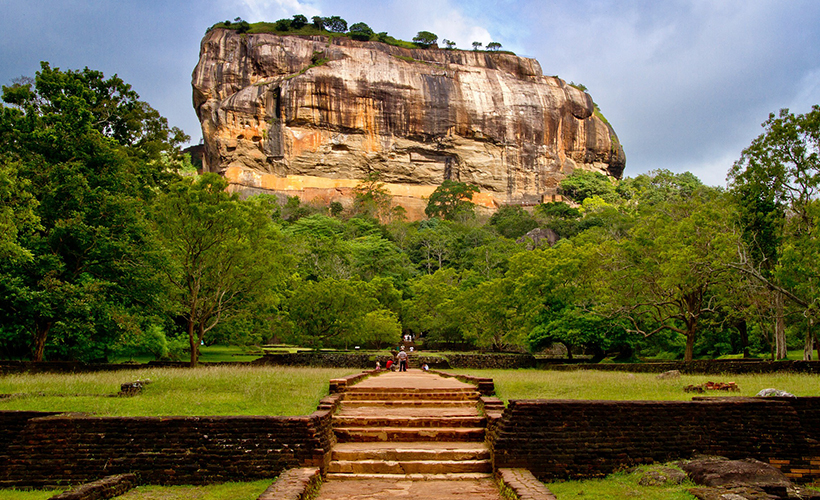
Also known as Lion Rock, Sigiriya was chosen by King Kasyapa (447-495 CE) as the site for his palace. The flat-top rock fortress is 200 metres high and houses cave temples, the Mirror Wall (an orange-stained outer wall covered in graffiti dating back to the 7th century), and a number of gardens, including the beautiful water gardens at the base.
Sigiriya is a UNESCO World Heritage site with staircases and walkways making their way up the rock face. Don’t forget to check out the well-preserved fresco gallery of painted ladies as you make your way around.
A woman’s perspective is everything:
6 Things About Sri Lanka That Only A Woman Can Tell You
Dambulla
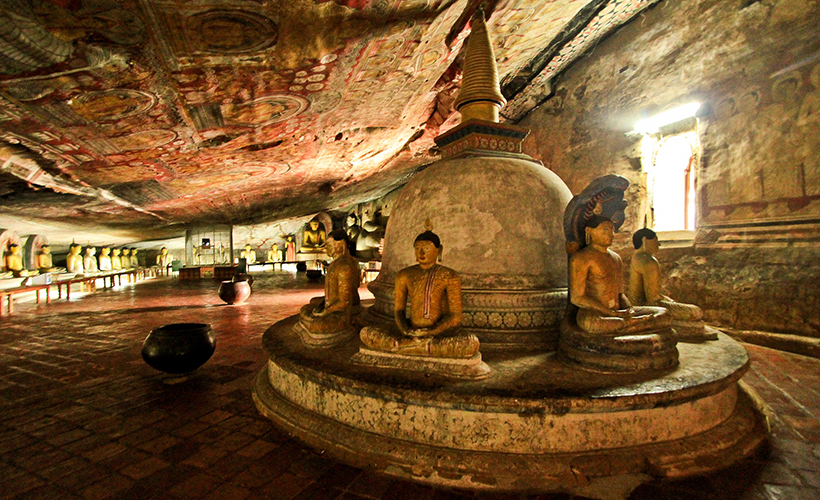
This little town is home to the Dambulla Royal Cave Temple. Also known as the Golden Temple, this World Heritage Site is brimming with colourful statues and murals dating back to the 1st century BCE. The temple’s highlight is in its construction within five separate cave temples. Numbered from 1-5, the caves hold a variety of these murals and statues.
It’s suggested that visitors start off with cave 5 and work their way to cave 1, where they will find an impressive 15-metre-long Buddha carved out of solid rock – still with traces of its ancient gold gilding. There is a total of 80 documented caves in the area and the murals cover an estimated total of 2100 m².
Kandy
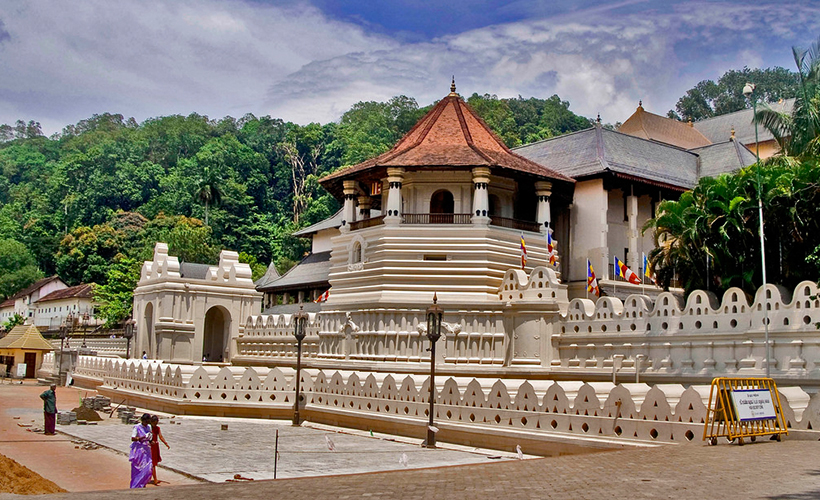
Kandy is the religious, cultural, and administrative capital of the Central Province of Sri Lanka, and the island nation’s second largest city. The city was the last Buddhist political stronghold against the colonisation of the Portuguese and Dutch, enabling the region to hold onto its customs, culture, and artistic traditions.
While there are many reasons to visit Kandy, one of them has to be the Temple of the Sacred Tooth. Called so for housing one of Buddha’s teeth. The tooth was brought to this UNESCO World Heritage Site in the 16th century and is kept out of sight in a two-storey shrine covered by a golden canopy. In addition, the sacred tooth relic is honoured annually with a 10-day festival called Esala Perahera (The Festival of the Tooth) in late July or early August.


